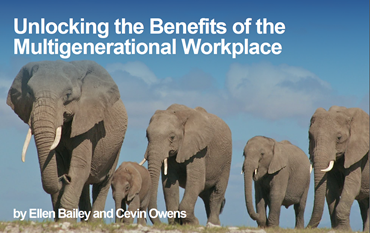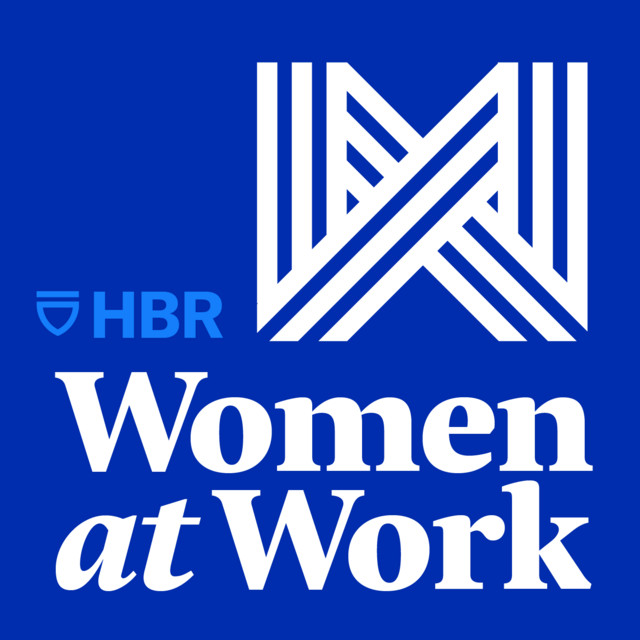Featuring:Ellen Bailey, Senior Advisor for Diversity, Inclusion and Belonging, Harvard Business Publishing and Cevin Owens, Principal Learning Partner, Harvard Business Publishing Corporate Learning
Today’s workforce is made up of five different generations, creating broader generational diversity than we have ever seen before. While organizations tend to focus diversity efforts on race, culture, gender, disability, sexual orientation, and religion, age plays just as important of a role in creating inclusive environments for individuals and therefore strengthening your teams. Each of these five generations is vastly different, but research shows that these differences have very little impact on the way we act or what motivates us at work. We all want to have an impact, improve our skills, feel appreciated, and see a path forward toward professional advancement amongst many other things.
View the webinar to learn:
- Well-known generational stereotypes and explanations of why they are patently false
- Three steps to maximize the value of a multigenerational workforce
- How to promote multigenerational knowledge sharing across teams and workplaces
It is the role and responsibility of L&D to promote and encourage intergenerational connections by building a corporate culture that capitalizes on the strengths of each individual from every generation. Watch to discover how your organization can seize the multigenerational advantage.












